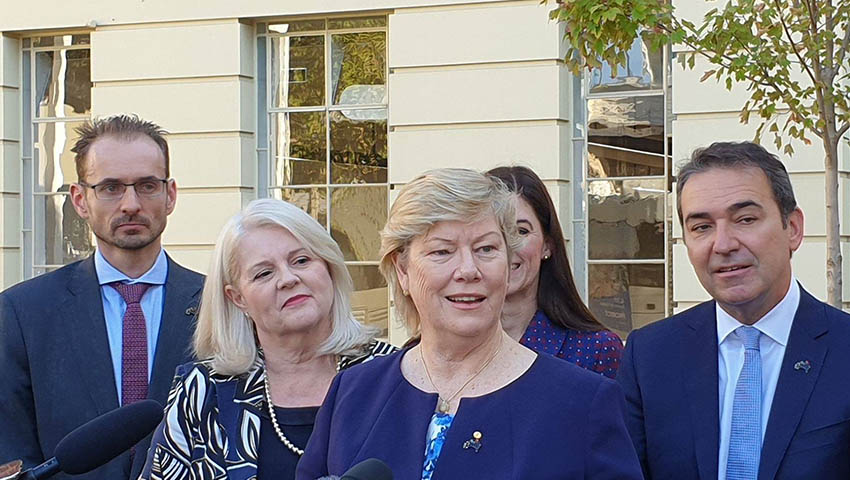That’s along with remote mining technology, which could be used for recovering water and other minerals on the moon and Mars.
But what is it about lasers that could make them the future of space communications?
That’s well explained by associate professor Gottfried Lechner, director of the Institute for Telecommunications Research, University of South Australia, in an article on The Conversation.
Currently satellites communicate with the ground by way of radio waves but the available radio frequency spectrum is becoming increasingly crowded. The problem will only increase as the large satellite constellations such as those proposed by SpaceX and others take to the skies.
Lechner said this was a finite resource and was now completely occupied.
“This means old services have to make room for new ones, or higher frequency bands have to be used,” he said.
“While this poses technological challenges, one promising way forward is optical communication.
“Instead of using radio waves to carry the information, we can use light from lasers as the carrier. While technically still part of the electromagnetic spectrum, optical frequencies are significantly higher, which means we can use them to transfer data at higher speeds.”
This isn’t technology that’s far off in the future. Lasers already transfer vast amounts of data along fibre optic cables of the kind which deliver the internet to some fortunate Australian homes and businesses.
However, laser communications from space can’t travel through walls and can be blocked by clouds. But that’s less of a problem between satellites in space.
Lechner said there were still many challenges to overcome.
“We’re limited by current technology. My colleagues and I are working on making optical, as well as radio-frequency, data links even faster and more secure,” he said.
Lechner said there had been much research of radio-frequency technology and that was how we know data rates can’t be further increased.
A single radio link can deliver data rates of 10Gbps with a large antenna, a laser link can achieve rates up to 100 times higher with an antenna 100 times smaller.
That means laser antennas, which are in fact optical lenses, can be integrated into small CubeSats.
Because laser communications are in the form of a narrow beam of light between sender and receiver, they deliver one other advantage – increased security.
“Since this beam is very narrow, the communication doesn’t interfere with other receivers and it’s very hard, if not impossible, to eavesdrop on the communication. This makes optical systems more secure than radio electromagnetic systems,” he said.
Lechner said current technology was far from achieving what was theoretically possible and there was great room for improvement.
“This is why there’s a strong focus on collaboration,” he said.
“In Australia, there are two major programs facilitating this – the Australian Space Agency run by the federal government, and the SmartSat Cooperative Research Centre (CRC), also supported by the federal government.”

